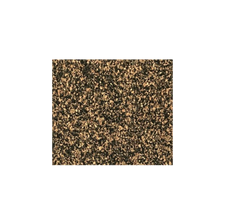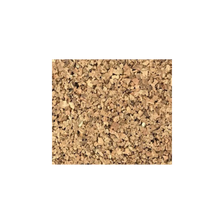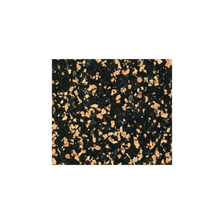Ghea Remoroza & Audrey Yap
THERMAL
The Objectives
This experimental overview delves into the thermal insulation capabilities of cork, a natural and sustainable material. Cork has gained attention for its unique cellular structure, which includes a high percentage of air-filled pockets. This study aims to assess cork's effectiveness in thermal insulation through a series of controlled experiments.
The research methodology involves conducting thermal conductivity tests on cork samples under various conditions, such as different thicknesses and with controlled temperatures. These experiments aim to measure how well cork resists the transfer of heat, a crucial factor in determining its suitability for insulation purposes.
Additionally, this study investigates the impact of cork's porosity on its thermal insulation performance. The hypothesis is that the air-filled cells within the cork structure contribute to its ability to trap and slow down the movement of heat. This characteristic is crucial for applications in construction, where effective thermal insulation can enhance energy efficiency and reduce heating or cooling costs.
Furthermore, the research explores the practical aspects of using cork as an insulation material. This involves evaluating its durability, moisture resistance, and overall suitability for different environments. The goal is to provide valuable insights into the potential applications of cork in real-world scenarios, such as residential and commercial buildings.
By examining the thermal insulation properties of cork through this experiment, this overview aims to contribute to the growing body of knowledge on sustainable and eco-friendly building materials. The findings may have implications for the development of innovative insulation solutions that balance environmental considerations with thermal performance.

Apparatus

Methodology
01
Collect Apparatus
03
Measure Temperature of heat source
05
Turn on heat source for 10 seconds
07
Measure indirect heat source
09
Do more trials to get average
02
Measure distance from sample to heat source
04
Measure Normal (Control) Temperature of sample no.1
06
Measure direct heat source
08
Let the material cool down to normal temp
10
Repeat for other materials
Cork Samples
Results










